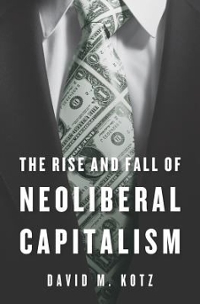Question
Case Study The Department of Justice (DOJ) is charged with overseeing mergers in the United States to determine if they are in the public interest.
Case Study
The Department of Justice (DOJ) is charged with overseeing mergers in the United States to determine if they are in the public interest. A merger is considered in the public interest if consumers' surplus does not fall as a result of the merger. The DOJ is currently deciding whether to allow the pending merger between AT&T and Sprint to proceed. The market demand for long-distance telephone service is given by Q = 28 - 2P + s, where Q is quantity demanded, P is price, and s is an index of service quality. The market served by these two long-distance carriers is currently competitive. In addition, both long distance carriers currently use the same technology for producing long-distance telephone service which is given by Q = K + 1/2L. AT&T CEO, Michael Armstrong, has told Wall Street analysts that the merger will result in efficiency gains. This implies that the production function for long-distance telephone service post-merger will be given by Q = x [K + 1/2L], where x > 1 is the productivity factor. Suppose that r = 10 and w = 5, and the pre-merger service quality index is s = 12.
a) Suppose that the long-distance market is a monopoly following the merger between AT&T and Sprint and that x = 5/4. Assume that s remains constant at 12. Should the DOJ allow this merger to proceed? Provide a careful economic analysis in support of your recommendation
Step by Step Solution
There are 3 Steps involved in it
Step: 1

Get Instant Access to Expert-Tailored Solutions
See step-by-step solutions with expert insights and AI powered tools for academic success
Step: 2

Step: 3

Ace Your Homework with AI
Get the answers you need in no time with our AI-driven, step-by-step assistance
Get Started


